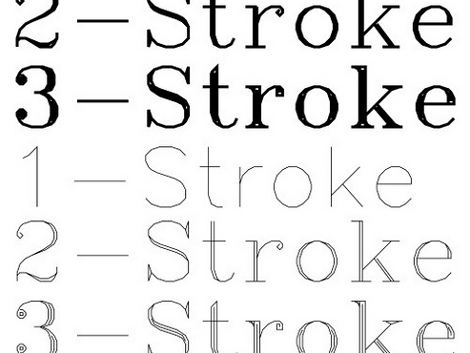We’ve recently noticed two different fonts aimed at programmers, each with a different approach to editor customization. The first, Fira Code, transparently converts common programming digraphs into single characters. For example, <- becomes an arrow and != (or <>) becomes a proper not equal sign. The other font, Hack (can’t argue with the name), aims to make commonly confused characters distinct. For example, the zero glyph has a very distinct appearance from the letter O.
It is pretty easy to understand how Hack works, but Fira seems a mystery at first. Your C++ compiler expects <- not an arrow, right? Fonts support ligatures–sequences of two symbols that run together (like æ). Clever use of these ligatures means that the compiler still sees -> but the screen displays an arrow.















